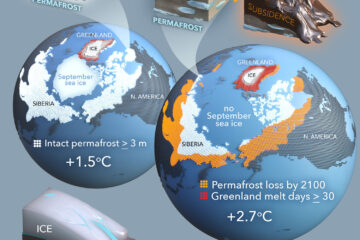Direct seeding for rice production increased soil erosion and phosphorus runoff losses in subtropical China
Estimating soil erosion and nutrient losses from surface runoff in paddy fields is essential for the assessment of sustainable rice (Oryza sativa L.) production and water quality protection. Different rice establishment methods have been used in the last three decades in Asia; however, it is still unclear how these methods influence sustainable agriculture and environmental protection in humid areas. The aim of this study was to evaluate the impacts of rice establishment method on soil erosion and phosphorus (P) losses from surface runoff in Hydragric Anthrosols under a subtropical monsoon climate. Total suspended solids (TSS), total P (TP), dissolved P (DP), and particulate P (PP) runoff losses were measured under four rice establishment treatments in 2013 and 2014, including traditional manual transplanting (TT), mechanical transplanting (MT), dry direct seeding (DD), and wet direct seeding (WD). The results showed that the seasonal TSS in the runoff varied from 59.9 to 829.8 kg ha−1 in the two years. Compared with TT, the DD significantly increased the TSS by 481% in 2013 and by 349% in 2014, while the WD significantly increased TSS by 783% in 2013 and by 571% in 2014. In the 2013 and 2014 rice seasons, the field-observed TP runoff losses were from 0.18 to 1.51 kg ha−1. Compared with TT, the DD significantly increased the TP lost by 222% in 2013 and by 197% in 2014, whereas the WD significantly increased the TP lost by 483% in 2013 and by 387% in 2014. However, the TSS and P losses from the MT and TT were similar in both years. The PP runoff losses accounted for 58–77% of the seasonal TP lost. These findings demonstrate that the conversion of traditional manual transplanting to direct seeding increased soil erosion and P runoff losses in subtropical China.


